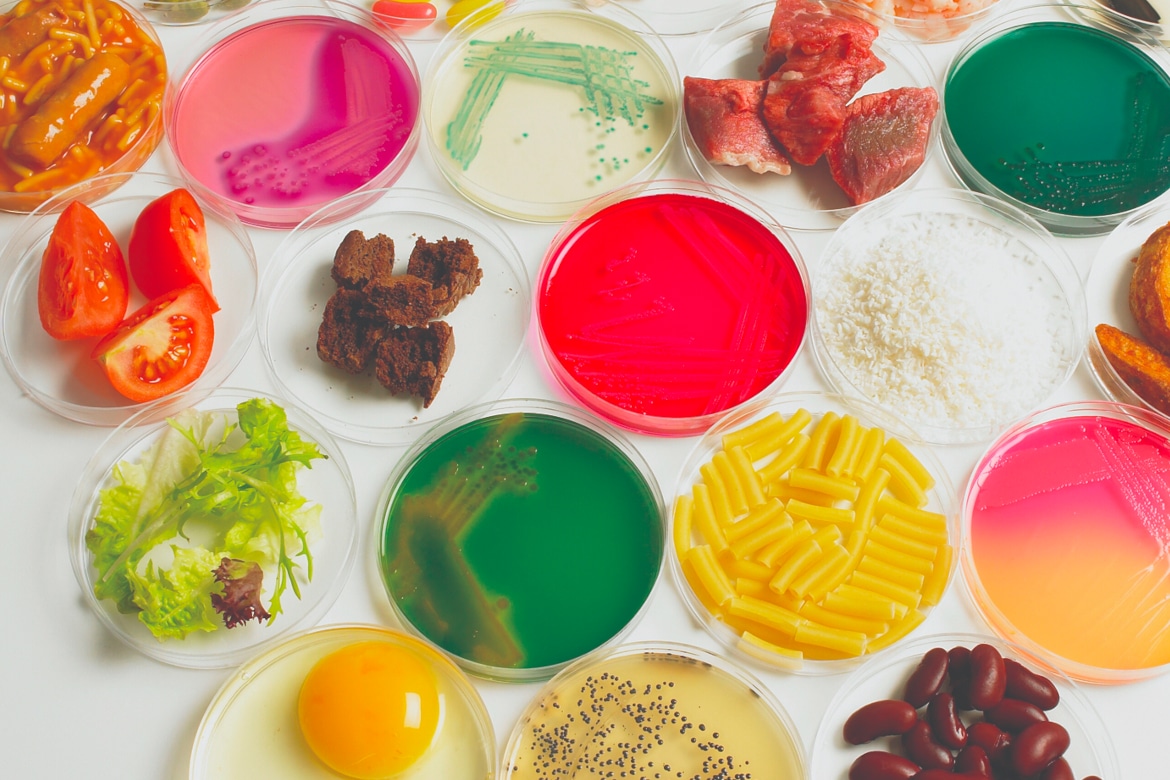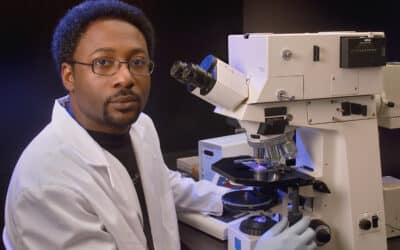There is increased awareness among consumers about the safety of the food that they consume. This – among other factors – has led to increased demand for microbiological testing of food products. However, limited resources and time-consuming processes have made it difficult to meet the increasing demand for testing.

How technology and automation make a difference in microbiological testing lab efficiencies
The first stand-alone automation for the micro lab was introduced in the 1950s. Today, automation is a complex integration of computers, robotics, liquid handling/processing, and other combined technologies. By incorporating this technology into the testing process and automating activities, labs are able to reduce repetitive manual tasks and drive a higher volume of speed and testing.
Technology that automates processes within the lab has also been shown to improve testing accuracy and confidence. More sensitive technologies can detect fewer bacterial cells and lower concentrations of contaminants in samples. Artificial Intelligence can be applied to the screening and interpretation of plates following incubation, and algorithms can be adjusted to meet a particular lab’s requirements to enable the automated screening of non-critical plates, depending on visual appearance, sample type, or patient history. This results in the vast majority of plates being automatically read and recorded – without the need for the intervention of a technician.
The adoption of lab automation technology is gaining traction globally
Lab automation is being adopted globally, and at a rapid pace, and the growth of the market is expected to be worth $19 billion by 2028.
In a recent survey of food processors in the US, Canada, and around the world, more than 90% indicated that they are expecting to maintain or increase their microbiological testing over the next 12 months. This will continue to add pressure to the current structures – highlighting the importance of adopting improved technological approaches to microbiological testing.
The automation of routine procedures has already impacted laboratories worldwide, and repetitive tasks such as pipetting, transporting plates, and various types of assay are the first to have been automated. Improving efficiencies by speeding up tasks, reducing waste, increasing capacity, and reducing manual steps – which all contribute to a reduction in operating costs for the lab as well – will drive the adoption of advanced technologies within the lab.
The future of technology in microbiological testing labs
Improving efficiency and productivity with the right technology will enable labs to remain competitive in a challenging economy. Customer requirements will drive the adoption rate of each lab individually, but the trend toward the incorporation of next-generation technology, more powerful software for centralised lab management, and real-time services and reporting will continue.



